Nalfurafine
- CAS NO.:152658-17-8
- Empirical Formula: C28H33ClN2O5
- Molecular Weight: 513.02502
- MDL number: MFCD09837714
- EINECS: 200-258-5
- SAFETY DATA SHEET (SDS)
- Update Date: 2023-06-08 09:03:05
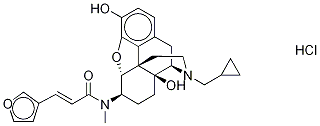
What is Nalfurafine?
Description
Pruritus (chronic itching) is a common symptom seen in 25-90% of
uremic patients, especially those with chronic renal failure requiring
hemodialysis.
Nalfurafine hydrochloride
is a new member of this class that exhibits an improved safety profile as
compared with its predecessors in preclinical studies. It is a potent
agonist for the κ-opioid receptor (Ki = 0.24 nM, EC50 = 0.008 nM, Imax =
91%), with substantially lower binding and agonism of the - or d-opioid
receptors (Ki = 2.24 and 484 nM, EC50 = 1.66 and 21.3 nM, Imax = 53 and
78%, respectively). In vivo, nalfurafine hydrochloride demonstrates
potent antipruritic activity against histamine-sensitive as well as histamine-resistant itch in mouse pruritogen-induced scratching models.
The most common adverse event associated with nalfurafine hydrochloride was insomnia or sleep disturbance, seen in 10% of the treated patients. Nalfurafine is structurally related to naltrexone (Revia ), an opioid receptor antagonist marketed for treating
alcohol dependence. Nalfurafine is synthesized in two steps starting from
naltrexone, via reductive amination with methylamine under catalytic
hydrogenation conditions, and subsequent acylation with 3(E)-(3-furyl)
acryloyl chloride.
Originator
Toray industries (Japan)
The Uses of Nalfurafine
Nalfurafine hydrochloride was launched on March of 2009 in Japan as the first in class non-narcotic opioid drug for intractable itch caused by hemodialysis. It showed significant opioid κ-agonist activity and induced neither aversion nor preference in rats on the CPP (Conditioned Place Preference) test. A new therapeutic agent for the treatment of uremic pruritus in hemodialysis patients.
brand name
Remitch
Properties of Nalfurafine
| Melting point: | 207-217 °C |
| storage temp. | Store at -20°C |
| solubility | DMF: 16 mg/mL; DMSO: 33 mg/mL; Ethanol: 0.33 mg/mL; PBS (pH 7.2): 5 mg/mL |
| form | A solid |
Safety information for Nalfurafine
Computed Descriptors for Nalfurafine
New Products
3-Iodophenylacetic acid 3-Pyridineacetonitrile, α-hydroxy- 2-Propanamine, 1-chloro-, hydrochloride (9CI) 3-(hexyloxy)-4-(pyridin-3-yl)-1,2,5-thiadiazole 2-Hexyn-1-ol Dibenzo-18-crown-6 Nickel(II) perchlorate hexahydrate, 98% 4-Bromophenylacetonitrile, 95% 3-Bromo-4-fluoroaniline, 97% Sodium tetraborate decahydrate, 98% Palladium(II) acetate, trimer, Pd 99% 4-Bromo-2-chlorotoluene, 97% N N Dimethylformamide Dimethyl Acetal (Dmf Dma) 2,3-Dichloro Benzoyl Cyanide [Side Chain] Bis(2-Chloroethyl) Amine Hydrochloride L-Glutamic Acid Diethyl Ester Hydrochloride 5-(Difluoromethoxy)-2-Mercaptobenzimidazole 1-Ethyl-3-(3-Dimethylaminopropyl)-Carbodiimide Hydrochloride [EDC Hcl] 1,4-Napthoquinone Bromoiodomethane Sodium Bicarbonate Methylene Dichloride (MDC) Ethyl Acetate Indole-3-Carbinol (I3C)Related products of tetrahydrofuran
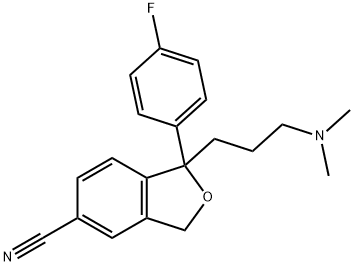
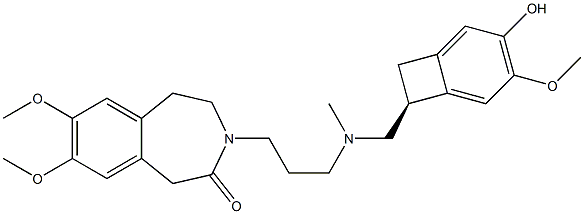

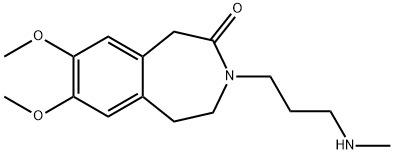
![(1S)-4,5-Dimethoxy-1-[(methylamino)methyl]benzocyclobutane hydrochloride](https://img.chemicalbook.in/CAS/GIF/866783-13-3.gif)
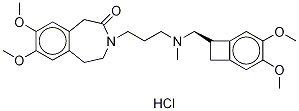
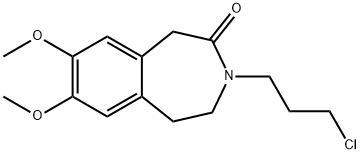

You may like
-
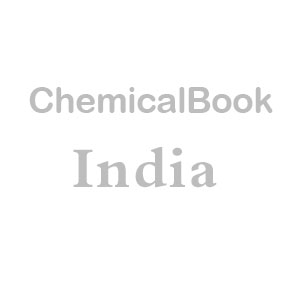 17604-74-9 3-Pyridineacetonitrile, α-hydroxy- 98+View Details
17604-74-9 3-Pyridineacetonitrile, α-hydroxy- 98+View Details
17604-74-9 -
 131987-69-4 98+View Details
131987-69-4 98+View Details
131987-69-4 -
 2-Hexyn-1-ol 98+View Details
2-Hexyn-1-ol 98+View Details
764-60-3 -
 Cyclohexane, (2-propynyloxy)- 67967-07-1 98+View Details
Cyclohexane, (2-propynyloxy)- 67967-07-1 98+View Details
67967-07-1 -
 764-60-3 2-Hexyn-1-ol 98+View Details
764-60-3 2-Hexyn-1-ol 98+View Details
764-60-3 -
 2-Propanamine, 1-chloro-, hydrochloride (9CI) 98+View Details
2-Propanamine, 1-chloro-, hydrochloride (9CI) 98+View Details
5968-21-8 -
 3-Iodophenylacetic acid 1878-69-9 98+View Details
3-Iodophenylacetic acid 1878-69-9 98+View Details
1878-69-9 -
 132945-75-6 (S)-1-Boc-3-methanesulfonyloxy-pyrrolidine 98+View Details
132945-75-6 (S)-1-Boc-3-methanesulfonyloxy-pyrrolidine 98+View Details
132945-75-6
